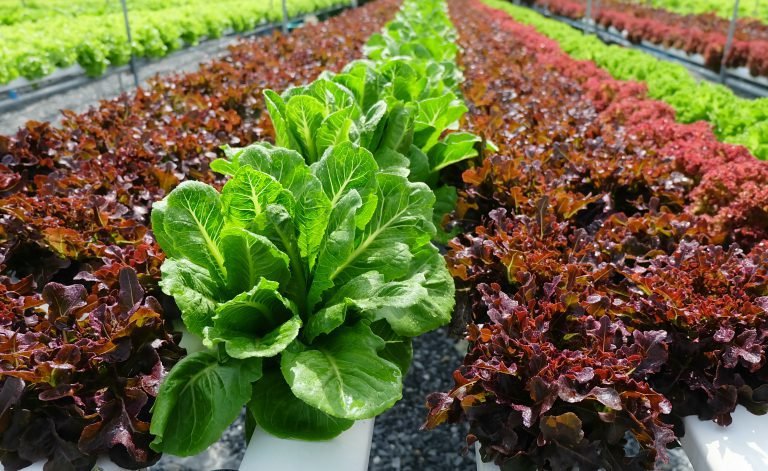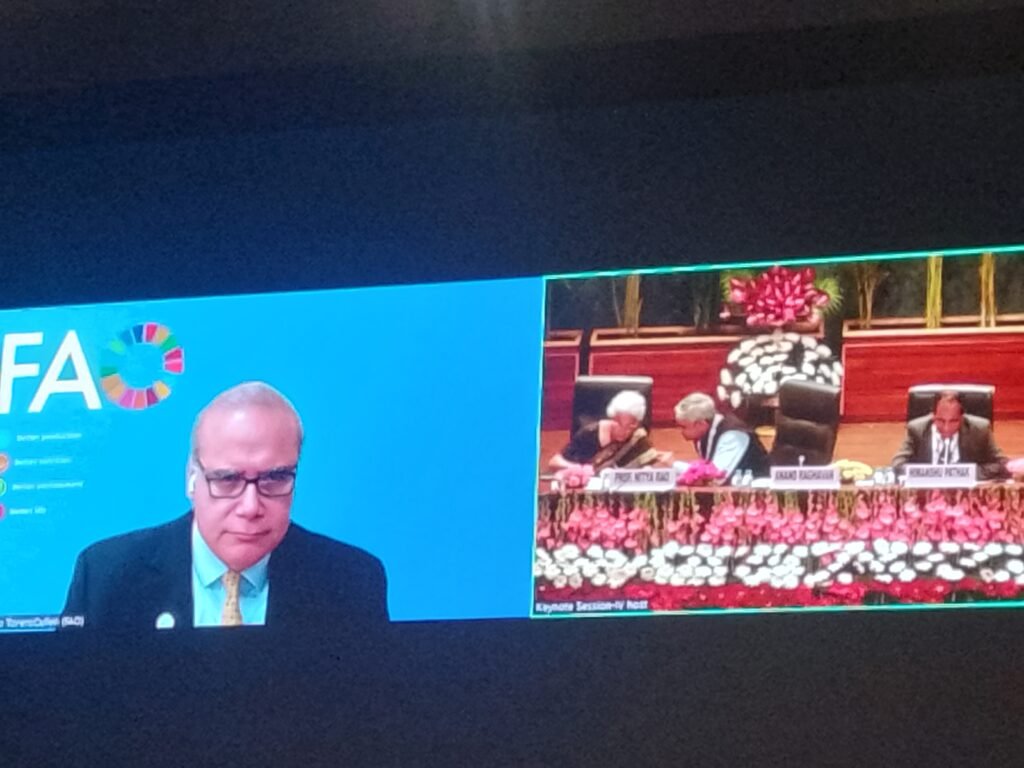Thursday, 13 November 2025

Global agrifood systems stand at a historic inflection point, with trade volumes soaring, circular economy models promising regeneration, and digital innovations reshaping supply chains. Visionaries from FAO, ICRISAT, MSSRF, and academia converge on a shared agenda: marrying market dynamism with social justice, biodiversity protection, and climate resilience. The prize is nothing less than “biohappiness”—a future where agriculture nourishes both people and planet while healing the very ecosystems it depends on.
If the twenty-first century is to be remembered for anything other than its follies, it must be for its ability to reinvent the systems that sustain life itself. For Dr. Maximo Torero, Chief Economist at the Food and Agriculture Organisation in Rome, the stage for reinvention is nothing less than the global agrifood economy. The numbers, he notes, are staggering: trade in calories has more than doubled in recent decades, exceeding an almost unimaginable 5,000 trillion kilocalories by 2021.
More countries now trade in food commodities than in 1995, and the once-peripheral economies of the Global South—low-income nations that were historically marginalised in international markets—are now better integrated into the intricate web of global exchange. Even within this transformation, certain patterns stand out: China’s rise to prominence as a dominant player in the global agricultural trade is unmistakable, and digital technologies are quietly revolutionising the supply chain. Today, fifteen percent of the world’s maize crosses borders—its journey made more efficient, transparent, and traceable by tools that were science fiction only a generation ago.
But Dr. Torero’s message is not merely about the velocity of trade; it is about its metamorphosis. The future, he insists, lies in replacing the linear, wasteful logic of traditional production with the circular economy—a regenerative model that minimises waste, enhances resource efficiency, and uses the detritus of production not as refuse, but as raw material for renewal. In his vision, by-products and residues become tradable commodities themselves, closing loops that once bled both profit and ecological integrity. The circular bioeconomy offers not just economic resilience but ecological reprieve, though Torero is candid about the roadblocks: imbalances in trade flows, limited uptake of circular practices, and the absence of robust monitoring frameworks threaten to stall progress.

FAO’s contribution to this transformation is as multidimensional as the challenge itself: mainstreaming circularity into agricultural policy, building capacity from the grassroots to national institutions, advising on ecosystem restoration programmes, and even guiding governments on eco-design standards for agricultural products. These efforts are deliberately aligned with the Sustainable Development Goals—notably SDG 2 (Zero Hunger), SDG 12 (Responsible Consumption and Production), and SDG 13 (Climate Action)—and echo the Koronivia Joint Work on Agriculture, which emphasises that climate resilience must be cultivated not just in the field, but in policy discourse.
For Dr. Himanshu Pathak, Director General of ICRISAT and President of India’s National Academy of Agricultural Sciences, the economic engine of transformation will be the market itself. “Biohappiness can become reality if the circular economy moves from concept to practice,” he remarks, underlining that capacity building must span from the village commons to the corridors of power. India, he notes with quiet pride, is already sowing the seeds of this transformation—literally—through the release of nearly 200 biofortified crop varieties designed to fight malnutrition from the soil up.
Yet, as Professor Nitya Rao Trustee, MSSRF & Professor, Gender and Development, University
of East Anglia, UK reminds us, technological wizardry and market efficiency alone cannot redeem a food system riddled with inequities. Science, she insists, only becomes truly impactful when it serves society with empathy and justice. In 2025, 2.3 billion people could not afford a healthy diet—a moral indictment of a world capable of abundance but indifferent to distribution. Her analysis draws attention to the intertwined triad of gender inequality, hunger, and climate vulnerability. Food systems contribute to 31 percent of global emissions—with the farm gate accounting for nearly half of that toll—while the human cost is borne disproportionately by women and marginalised communities.
Equity, Nitya argues, must be the compass of transformation. A just food system respects human rights, foregrounds the needs of the marginalised, and ensures that the burdens and benefits of production are shared fairly. Her vision is neither utopian nor abstract: initiatives like India’s nutri-garden programme, the integration of nutrition into Anganwadi services, and Brazil’s indigenous food acquisition programme for culturally appropriate school meals stand as tangible proof that justice and efficiency can be bedfellows. She calls for stronger indicators to measure biodiversity protection, a recalibration of subsidies to benefit the poorest households, and a shift from governance rooted in patronage to one grounded in rights and decentralised control.
For Anand Raghavan, Trustee of the M.S. Swaminathan Research Foundation, this convergence of market dynamism, circular innovation, and social justice crystallises into what he calls the six-systems approach to biohappiness—a holistic framework that places India in the vanguard of agricultural transformation. “We are on the frontline of a global movement,” he observes, “ready to lead the charge in reimagining agriculture not just as an economic activity, but as a moral enterprise.”
In this shared vision, the agrifood system ceases to be a ravenous consumer of the planet’s resources and emerges instead as a steward—circular, regenerative, equitable. It is a transformation that will demand imagination as much as investment, political courage as much as technological innovation. And if these leaders are right, it is not only possible, but inevitable.